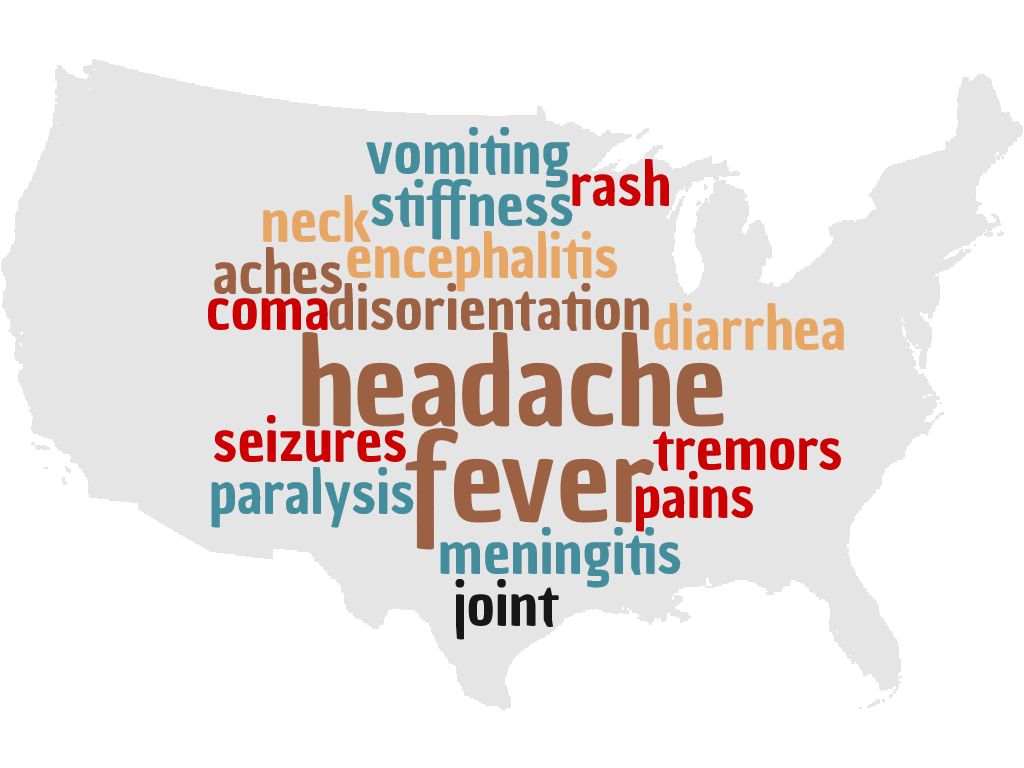When we moved to Nashville at the beginning of the year, Craig and I decided to forgo any traditional cable service. 10 year old me would be SCREAMING about not having access to Nickelodeon and Disney Channel but current me kind of loves it. We have Netflix and basically every single other streaming service/app that we could ever want; but one thing I noticed fairly quickly was the lack of daily news, kind of by choice, kind of not.
I’m not a huuuuuuge news watcher. I prefer to read it, but I tend to put it on in the background and kind of had a routine when I was working from home last fall where I would watch the news passively while working so I could glean even a sliver of information. Local news is way too repetitive and I don’t give a flying hoot about small-town drama (unless it’s an unsolved murder, that I am HERE for), and national news is predictable and veeery focused on Trump. For good reason, but let’s not make this one too political (or lets, I’m sipping some wine so by the end of this I could be right (or left) up on my pedestal, who knows).
Right, back to the news. Well, since I don’t consciously turn on the news anymore, and try to not rely on Facebook as a news source (sorry, friends), I’ve taken to setting up some daily newsblasts to my email on topics that I do want to stay informed on. Any guesses?
G L O B A L H E A L T H
You got it, dude. My morning literally doesn’t begin until I open my Global Health NOW newsletter from Johns Hopkins Bloomberg School of Global Health. IT IS MY CRACK. Which is weird, but just roll with it.
So, why? Why do I shun/avoid all other news outlets? Please see above about Trump focused media. I 100000000% understand it. It’s a weird time, America. The whole world is watching what our leader is going to do next. But sometimes I really want to not only talk about Trump, but to talk about the whole world and what’s going on out there. Hence Global Health NOW.
Global Health NOW has definitely opened my eyes up to things happening around the world that I was either unaware of, misinformed about, or just totally confused by. There is A LOT happening in health. Daily. Like every single day there are things happening somewhere that we should all be watching but aren’t. Why should we all be concerned with global health? Well, because it has serious implications for basically every single other thing going on in the world. News flash: if we’re all dying of Ebola, it doesn’t matter what Trump’s last tweet said.
Chill out though, we’re not all dying from an Ebola outbreak. BUT here are 3 headlines I’ve seen recently that you should be watching because they are important and if we’ve learned anything in the past few years, its that we CANNOT only look within our borders for answers ( I said it could get political, back off).
- Yellow Fever-Brazil is working very hard to make sure that their most recent outbreak of the mosquito-borne infection does NOT get into its major cities–thereby exacerbating the infection rate. They are going door to door with the vaccine around Rio de Janeiro and Sao Paulo to hopefully avoid a yellow fever epidemic, the first in Brazil since 1942. While the mortality rate has remained low, if the virus reaches the slums of major urban areas they’re looking at A LOT of casualties. Health officials are attempting to vaccinate 23 million people, and quickly. So, why should you be concerned? Well, Brazil’s initial response to an uptick was pretty delayed. Instead of vaccinating between small outbreaks, Brazil waited for an outbreak to come closer to major cities before they began a massive vaccination campaign. By the time they did start vaccinating, there was a robust anti-vaccine (EYE ROLL) campaign all over social media, hampering their reach. SAY IT LOUDER FOR THE ONES IN THE BACK: You should get all routine vaccines, but you should ESPECIALLY get vaccines for outbreaks of potentially deadly infectious diseases, you dummy. Oh, you don’t care about potentially millions of Brazilians? Well, consider the economy then. Brazil is one to watch. You should not count them out from the big-table discussions, nor should you discount their wisdom as a former developing nation. BRAZIL IS SMART AF. A major outbreak of yellow fever could be catastrophic to their status as a BRIC nation (to the older folk “second world country”). We should all be watching how they handle the containment of this outbreak and if they learn anything from it that could impact the global economy.
- Ethnic Cleansing in Myanmar-I was assigned a global health mentor from Myanmar last year through a program that will remain nameless. We did a single video call before I realized that my mentor was incredibly racist and while insanely intelligent, was not someone I wanted to learn from long term. The Rohingya, a majority Muslim ethnic group in Myanmar have not been able to leave their coastal state without government permission however theirs is one of the poorest in the country, so many have left in search of a better life. There is a touchy line of whether the Rohingya are from Myanmar or Bangladesh-which goes back to British Rule (a whole ‘nother issue #whitemansburden), and post-independence the Rohingya were denied the right to gain citizenship in Myanmar due to the discrepancy. Ya-de-ya-60 years later, bad things continue to occur in Myanmar against the Rohingya. There are plenty of sources detailing accounts of ethnic cleansing and more subtle starvation techniques, please look them up. This is important, however, because the Rohingya have been fleeing this persecution and murder for decades—creating camps in Banglaesh. This is important for a few reasons. 1. We all know refugee camps are not healthy living quarters. and 2. Aung San Suu Kyi-the leader of Myanmar-does not recognize the Rohingya as an ethinic group. Did I mention she’s a Nobel Peace Prize Laureate? There are MAJOR human rights violations occurring in SE Asia right now and everyone needs to open their eyes and do something about it.
- Lassa Fever in Nigeria– Are you listening? Ok good. Remember Ebola? The fear that a hard working selfless nurse coming home to the US was going to infect the entirety of our nation? Ok great, now think about that minus the direct threat to the US. Yeah, isn’t it crazy? There ARE terrifying outbreaks that occur that don’t even hit our radar maps. Lassa, like Ebola, is a viral hemorrhagic fever that has a pretty high mortality rate. Usually, it has a fatality rate of 1%, but the current outbreak could be as high as a 20% fatality rate. Basically right now everyone’s trying to figure out why this outbreak is so intense, if there is a vaccine candidate that could reduce the outbreak from becoming a global health emergency, and where the gaps are in Nigeria (and beyonds) healthy systems. In order to stop epidemics, national and hyper-local health systems NEED to be robust, and that relies on international funding-something that the current President does not deem essential.
Alright, alright. I could go on for hours on these (an many other–especially Syria but that is it’s own post) global health topics. Please PLEASE do not discount international media as a source of information. Knowing about an outbreak of bird flu in Asia could help you with your stocks, so stop avoiding the international tab on your favorite news site. Keep an eye out for outbreaks. Being alive is pretty pivotal to the global economy, so personally I think global health news should be the first thing you read in the morning.
**Disclaimer: I WISH I were paid for this but it is seriously just me hoping you read into some international global health concerns and how they can impact the rest of the world**
What should I discuss next? Please let me know, I want to write more!








